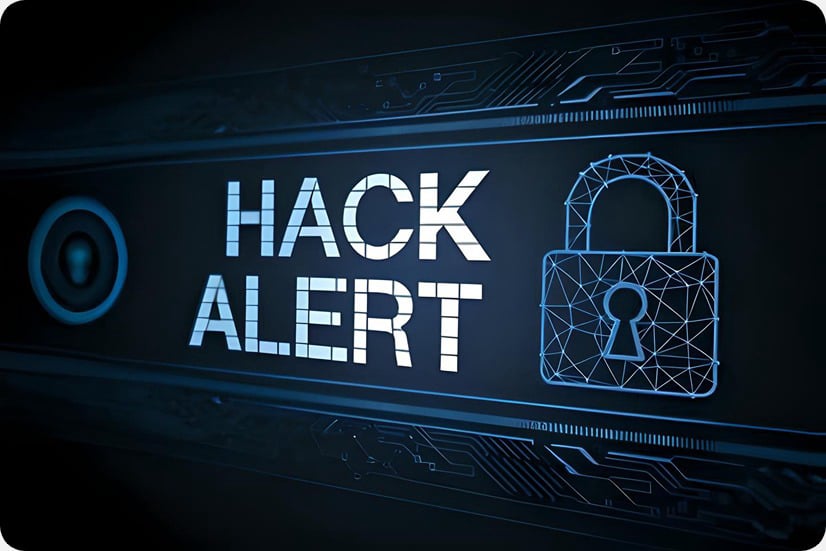
Every Website Needs to Stay Protected
Building a secure website isn't just important—it's a necessity. Cyberattacks, data breaches, and scams are on the rise, so protecting your site and its users should be a top priority. Whether you're running a small blog, an online store, or a large corporate site, these security features are non-negotiable. Here's what every website needs to stay safe and trustworthy.